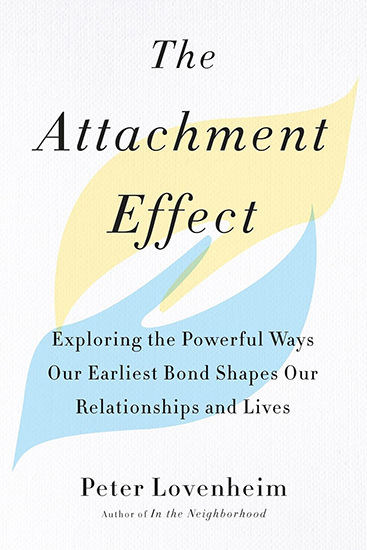The Attachment Effect
Exploring the Powerful Ways Our Earliest Bond Shapes Our Relationships and Lives
A revealing look at how and why we relate to others—and how we can improve our closest connections.
The psychology of attachment is having a moment. Why is this concept, widely accepted for decades, suddenly in the news? Because people are discovering how powerfully it sheds light on the mystery of how we relate to each other—and why these patterns tend to repeat themselves over the course of our lives.
Fascinated by the subject, award-winning journalist and author Peter Lovenheim embarked on a journey to explore the science of attachment and how it underpins our complicated connections to each other. Through a compelling narrative that combines personal stories with scientific research, along with personal insights into his own intimate relationships, Lovenheim brings the attachment process to life and reveals how our earliest bond shapes our entire lives.
Part journalism, part memoir, part psychological guide, The Attachment Effect is a powerful read that shows how we can improve all our relationships—with spouses and lovers, children and aging parents, co-workers, friends, teammates, and more—and will bring each of us to new levels of personal understanding.
The Attachment Effect is attracting a worldwide readership with foreign editions published in Taiwan, China, Greece, Slovenia, Korea, and Russia.

Peter Lovenheim on Washington, DC — WJLA News at Midday
National Press Club in Washington, DC
Peter Lovenheim speaks about The Attachment Effect at a National Press Club Headliner Book Event, June 7, 2018
Photo credit for all: Al Teich, National Press Club
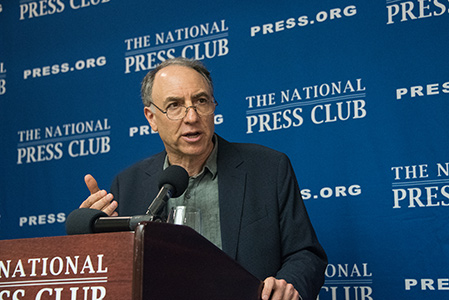
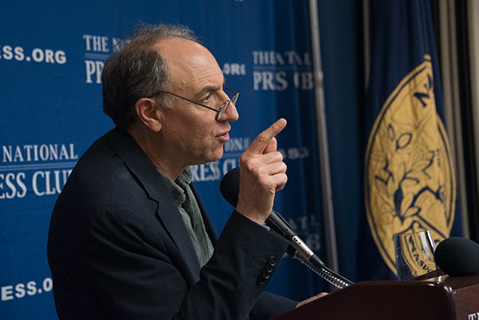
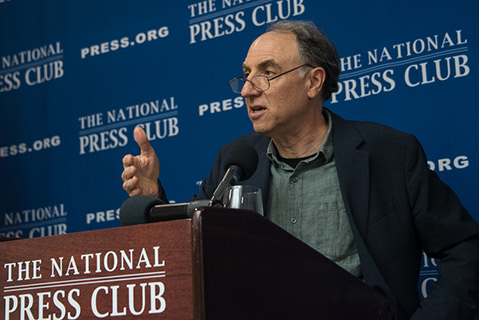
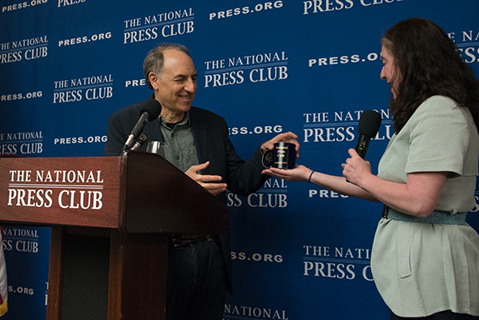
Family & other photos
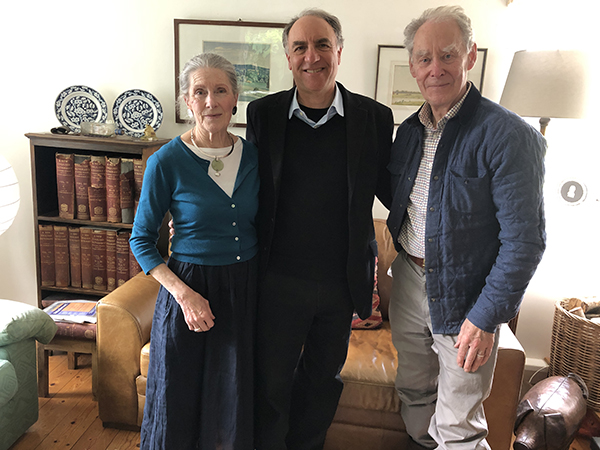
Peter with John Bowlby’s son, Sir Richard Bowlby and his wife,
Lady Xenia Bowlby, at their home in Hempstead, England, in 2019
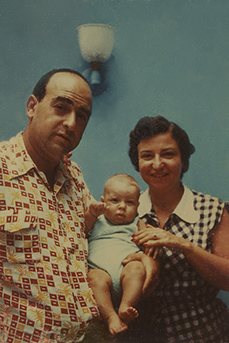
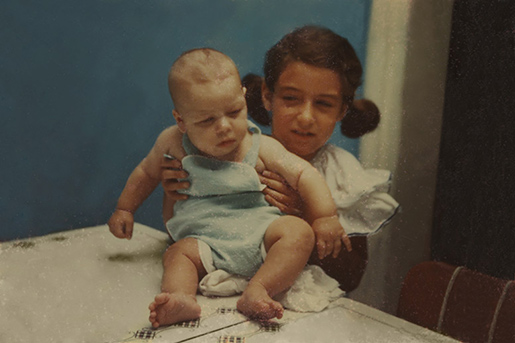
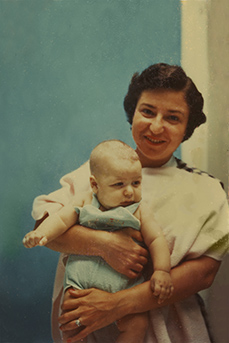
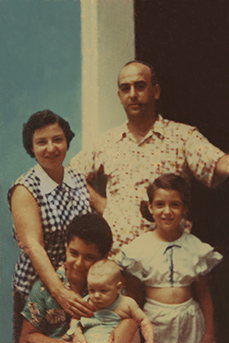
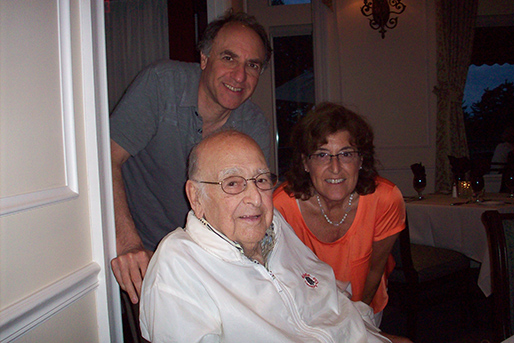
Peter, in his first year, with his parents, Andrew and June Lovenheim, his sister, Jane, and brother, Robert.
Later photo: Peter and Jane celebrate their father’s 96th birthday.
Reading Guide: The Attachment Effect
Download a pdf copy of the discussion questions
1. Were you familiar with attachment science prior to reading this book? What is your attachment style? In what ways might it be helpful to have this knowledge?
2. In chapter 1, Professor Harry Reis explains how attachment styles are formed in early childhood. What are some of the significant relationships or events in your childhood that may have shaped your attachment style?
3. One of the main areas in our lives that is directly affected by attachment science is relationships. Does your attachment style differ from that of someone important in your life (spouse, partner, best friend, etc.)? Does understanding similar or differing attachment styles give you insight into your relationships?
4. In chapter 4, Professor Jim Coan discusses use of daycare. Based on the interviews and information provided in the book and on your own personal experience with daycare, what qualities would you look for in a daycare facility to encourage secure attachment in a young child?
5. In chapter 5, we follow Chris and Celeste on their first date and see how their individual attachment styles affect their expectations and behavior. Can you recall a first date you had when it would have been helpful to know the other person’s attachment style? What would you have done with that information?
6. In chapter 6, Alexa, the mother of a young boy, advocates parenting practices such as “babywearing” and co-sleeping. How do these practices contribute to secure attachment in an infant? From your own experience, do you think they are practical and worth the effort?
7. When discussing attachment and friendship in chapter 8, the author writes that teens and young adults transfer some attachment needs from parents to their peers. Looking back at your adolescence, did you attach to a close friend and do you think you transferred some attachment needs to that person?
8. In chapter 9, the author, in describing his elderly father’s last illness, explains how older people often find strength by “internalizing” a deceased attachment figure—in this case, his own long-deceased mother. Have you known any elderly people who maintain such relations with deceased loved ones? Is that also a source of strength sometimes for yourself?
9. We also learn in chapter 9 that our attachment style can determine how we approach things like physical activity and diet, whether we keep medical appointments and take prescribed medications, and whether we engage in risky behaviors like smoking, drinking, and drug abuse. Do you think your attachment style affects your self-regulatory process and your self-discipline when it comes to living healthfully?
10. In chapter 10, the author shares the story of the co-founders of Pleasant Pops café and their secure attachment style to show how attachment comes into play in the workplace. When it gets busy and stressful at work, how do you react and does your attachment style fit this reaction? Do you think it’s important for managers to have a secure attachment?
11. In chapter 12, the author suggests that avoidant attachment may be common in people who go into politics and that this is one of the reasons we so often get leaders who, while adequate, may not be truly great or transformational. Have you noticed this in political leaders? Do you think there’s any practical way voters could learn a candidate’s attachment style before election?
12. If, after reading this book—and perhaps with reference to the epilogue’s “Ten Lessons of Attachment”—you were going to take three concrete steps to improve your relationships and your life through what you’ve learned about attachment science, what would those steps be?


